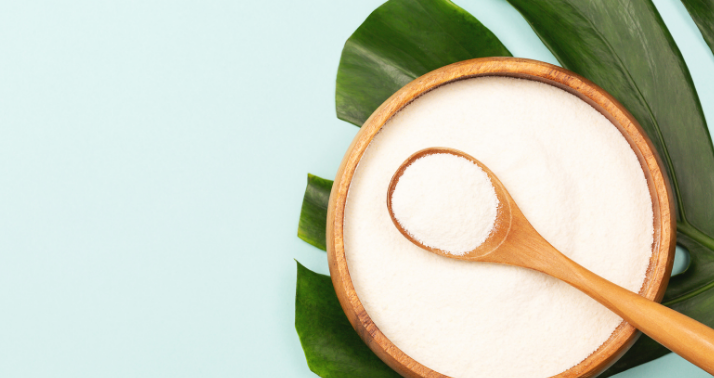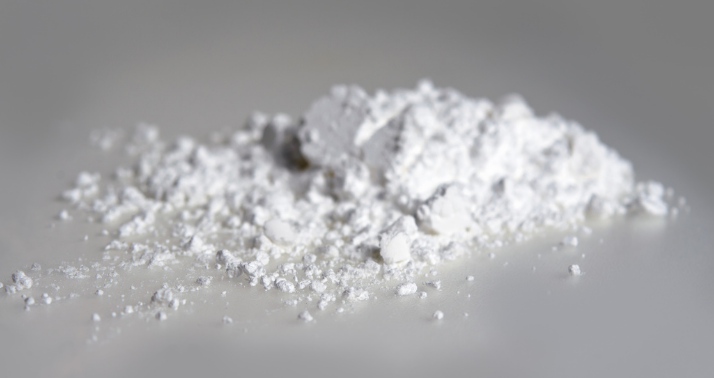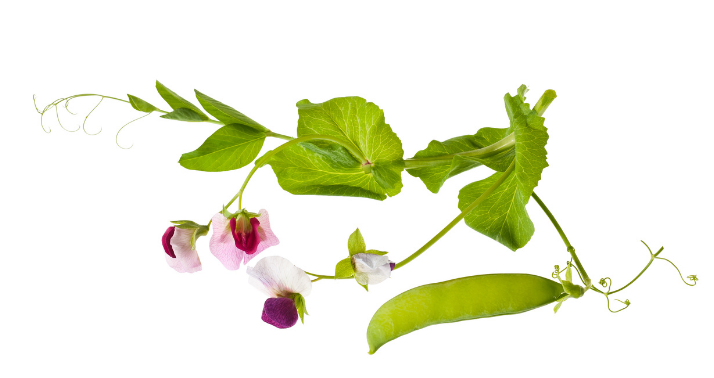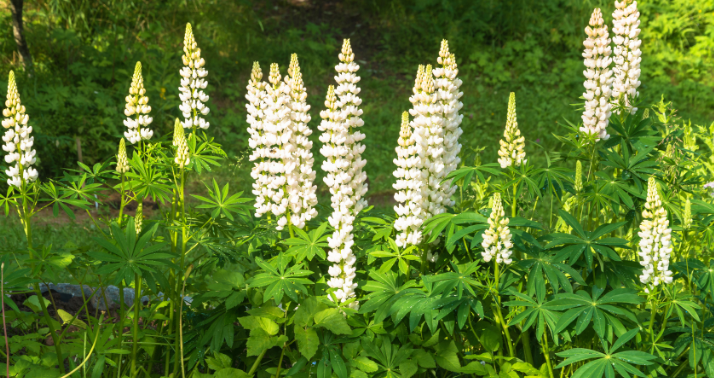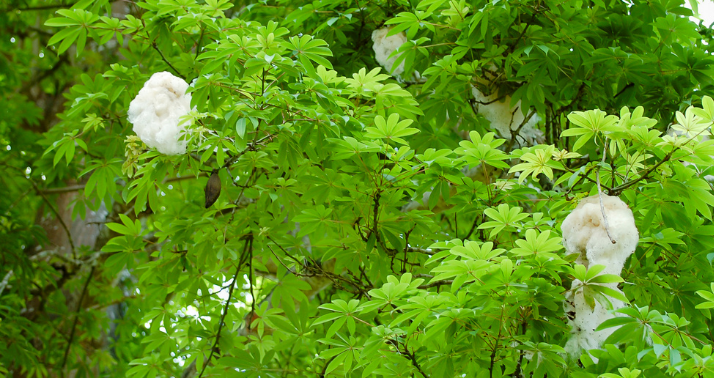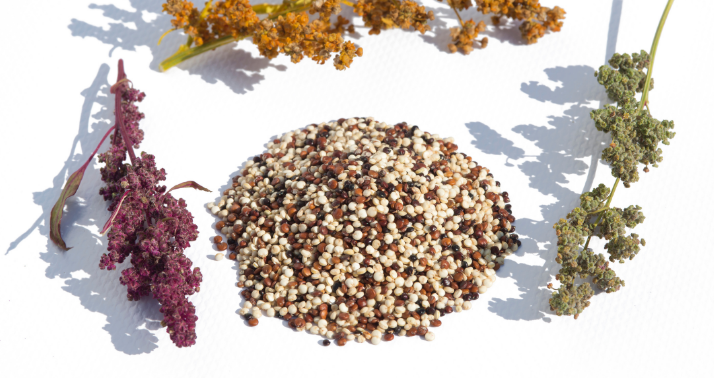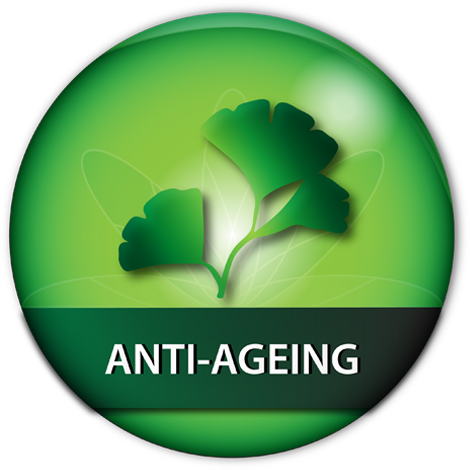Natural peptides are a vast topic, so in this short guide we take you through what they are, the key science behind them and why they are firm favourites in so many high-performance cosmetics.
We are all familiar with the terms proteins, peptides and amino acids, but probably less aware that they are imperative to our health and development and that they exist naturally within our bodies.
They are often confused as the terms are used interchangeably. The most renowned proteins in skincare are collagen and elastin which are key to maintaining the skin’s firmness and elasticity, however both decrease with age.
5 Reasons to Formulate with Natural Peptides
First, before we look at the science of peptides, here are 5 top reasons to include peptides in some of your formulations. They:
- have the natural ‘technology’ to increase skin hydration.
- enhance skin and hair elasticity, texture and moisturisation.
- are effective anti-ageing and protective ingredients as they reduce damage caused to skin and hair by free radicals.
- demonstrate skin renewal properties.
- work brilliantly in products such as serums and facial creams.
Now, let’s take a look at how peptides accomplish this.
Skin permeability and peptides
Skin is the largest organ of the human body and is there to protect us from physical and biological threats and as such is a barrier with limited permeability for peptides. Some of the factors affecting the penetration of peptides, amino acids and proteins into the skin are the size of their molecules, their polarity and their ionised state (which will change with the pH of your formula). The penetration of a charged molecule is even more limited; therefore, these molecules would need to be non-ionised.
A molecular weight over 500 Daltons (a Dalton is a unit used to express the molecular weight of proteins) limits the potential of these molecules to enter healthy human skin.
Peptides may have other characteristics that limit their penetration through the skin and it’s worth noting that the mechanism of how many peptides function within the skin is still not well understood. However, they may penetrate the skin and bind to cell surface receptors to stimulate cellular activity. Studies show they reduce fine lines and wrinkles and help to increase the skin’s firmness and elasticity and so improve overall skin appearance.
How the individual ingredients work is not always linked to their size and ability to permeate skin. In this guide, we therefore focus on the properties of some individual peptides.
What are peptides?
First, let’s start with their building blocks and related molecules: amino acids and proteins.
Amino acids play an important role in maintaining healthy skin as they are building blocks which make up the peptides and proteins needed by the skin. Some amino acids act as moisturisers and encourage tissue repair and regeneration (for example, glutamine from Lupins, which we list below).
Proteins are large molecules made from one or more chains of amino acids. Proteins are required for the structure, function and regulation of the body’s cells, tissues and organs and each protein has unique functions within the body. Proteins are essential components of muscles, skin and bones and the body as a whole. Peptides are short chains of amino acids that are smaller than proteins.
Peptides are naturally present in living organisms including the human body and have chain lengths of approximately 20 amino acids long. They have many functions in our bodies ranging from acting as hormones that affect the endocrine system to those regulating the immune system.
Some have a remarkable skin-soothing effect, while others can improve the appearance of wrinkles, reduce the skin’s loss of firmness and help soften the look of expression lines.
Synthetic vs natural peptides
Peptides can be created synthetically by building amino acid chains or by breaking down proteins. In the mainstream cosmetics’ industry, synthetic peptides are commonplace.
Synthetic peptides are created to mimic the size, shape and amino acid content of the natural equivalent. Some of the most common synthetic peptides, often used in combination to boost collagen and elastin production, are palmitoyl tripeptide-1 and palmitoyl tetrapeptide-7.
These two peptides are linked fatty acids to give them the optimum hydrophobic/hydrophilic balance to improve their ability to penetrate the skin. Another synthetic peptide, Acetyl hexapeptide-8 was created to mimic the effect of botulinum toxin and target expression lines to help relax the facial muscles.
There are many synthetic peptides on the market with a wide range of functionalities proven to reduce some visible signs of ageing but most of these are not suitable for natural cosmetics or haircare.
At Formula Botanica, we do not use nor promote synthetic ingredients as we teach our students how to formulate natural and organic skincare and haircare products. We therefore choose to focus on natural ingredients.
Fortunately, if you are hoping to formulate natural products containing peptides and other similar ingredients, there is a wonderful range of natural alternatives, derived from plants and their constituent chemicals, that can be just as effective. We will focus now on how they work.
Our guide to natural peptides will elevate your skincare formulations. Discover 8 high-performance natural peptides to try out. #peptides #naturalformulation #greenbeauty Click To Tweet8 Natural Peptides
Vegetable collagen and hydrolysed proteins are two key segments of natural peptides that are easily available to the natural formulator.
1. Plant-based collagen
Collagen protein makes up about 25% of the protein in our bodies. It is the base of connective tissues and the building block of tendons, bones and cartilage and is also the main component of the dermis. There are actually more than 16 forms of collagen in the body with four main types providing structure and support.
Natural collagen is an interesting three-dimensional structure of peptide chains twisted into a triple helix to give it strength. Plant or vegetable collagen has been developed as an alternative to animal collagen. Scientists have worked hard to develop a form of soluble collagen through a fermentation process using yeast, from the Saccharomycetaceae family. Vegetable collagens lack the triple helix structure and strength of animal collagen but nevertheless they retain other properties.
Yeasts contain high molecular weight glycoproteins (proteins which have sugars attached). The yeast cells are broken down and the glycoproteins isolated. These glycoproteins can deliver enhanced levels of moisture in a similar way to animal collagen, due to the presence of sugars. This form of collagen is used for moisturising and conditioning in skincare and haircare products.
2. Hexapeptide-11
This water-soluble peptide is a chain of 6 amino acids. It is derived from the single celled organism Saccharomyces cerevisiae. Over time, the organism developed a series of mechanisms to protect itself from stressful situations such as extreme temperature conditions and oxidative stress.
These mechanisms stimulate the accumulation of sugars and protein in the organism, which prompts changes in the cell. These shock-induced isolates have been utilised for their anti-irritant and wound-healing properties in addition to increasing collagen and elastin production.
Such yeast extracts are now being used to improve and enhance skin tone and elasticity. They are also known to stimulate cell renewal and increase the level of hydration in the stratum corneum.
3. Hydrolysed protein: Elastin
Elastin is the protein in skin and connective tissue that gives skin its flexible qualities, which is important for instance, when using facial muscles while talking. Elastin depletes incrementally with environmental exposure although the degradation of elastin can potentially be slowed by leading a healthy lifestyle, eating a well-balanced diet and following a good skincare routine.
Elastin is a very large molecule which cannot penetrate skin. However, when applied topically it allows the formation of a film which delivers a smoothing, conditioning and moisturising effect.
Hydrolysed proteins play an important and functional role in keeping our skin and hair moisturised and healthy. They are often protein molecules which have undergone the process of enzyme hydrolysis to break down the protein into its smaller peptide or amino acid counterparts; so even though they do not have the word ‘peptide’ in their INCI, structurally they are considered to be peptides of natural origin which can aid in improving the elasticity, texture and moisturisation of the skin and hair.
4. Hydrolysed Pea Protein
Pisum sativum has been studied in depth and is considered to have the most balanced amino acid profile containing 22 amino acids. It is an excellent moisturiser due to its film-forming properties and it is said to reduce damage to skin and hair by free radicals; meaning it can also be used as an anti-ageing and protecting ingredient. It is heat stable up to 80°C and it is water soluble.
A study cited in the International Journal of Cosmetic Science looked at the anti-ageing effects of a natural peptide, discovered by artificial intelligence. The protein in question was Pisum sativum (pea), which has a molecular weight of 1819.08 Da. Interestingly, it had the capacity to stimulate the main dermal proteins which had been affected by skin ageing. Pisum sativum also significantly increased the production of dermal fibroblasts and enhanced collagen density.
5. Hydrolysed lupin protein
Lupin is a plant rich in amino acids, in particular glutamine. It is believed that glutamine has the ability of increasing cellular growth. It also contains vitamins and minerals which help to maintain skin and scalp health. Hydrolysed lupine protein is said to work as an enzyme inhibitor and prevent collagen and elastin degradation and damage, thus helping to renew skin. It is water soluble and heat sensitive so best added into formulations below 40°C.
6. Hydrolysed silk protein
This was developed for use in products like moisturisers, serums, shampoos and conditioners. It is water soluble and has good moisture retention due to its film-forming properties making it suitable for use on dry, irritated skin. Of course, using this type of protein would not produce a vegan lifestyle compatible formulation.
7. Hydrolysed quinoa protein
Quinoa is more famously known as a superfood and is part of the Chenopodiaceae family. This water-soluble ingredient was found to provide a high level of skin hydration, skin softening and emollient properties due to the high level of different amino acids present. In addition to this, quinoa is known to provide anti-oxidant and repairing benefits thus making it suitable for both skincare and haircare.
8. Hydrolysed Wheat Protein
Wheat is a renewable resource that humans have depended on as sustenance for centuries. Wheat proteins are large and complex and have four different protein fractions which lend themselves to the elastic and binding properties of wheat.
Hydrolysed wheat proteins are water soluble with strong moisture-binding and film-forming properties which render hydrolysed wheat protein an effective skin-protecting and anti-irritant ingredient suitable for use in skincare and haircare. Something to bear in mind is that is it possible to develop a wheat allergy from continued exposure to wheat-derived products.
Final thoughts on natural peptides
There are so many more protein-derived peptides such as soy, rice, cotton pearl, egg white in addition to hydrolysed protein blends which have been carefully selected to impart synergistic qualities to cosmetic products. One of the most exciting parts of formulation is researching the ingredients and selecting the ones that will impart the most beneficial or relevant properties to your products.
If you are thinking of including natural peptides in your cosmetic formulations, it is important to consider the type of product best suited to their use. Leave-on products such as serums and facial emulsions are better suited for peptide inclusion than cleansers or rinse-off products for example. The effects of peptides are often accumulative and are not instant. Consumers will need to continually apply peptide-containing products in order to notice a visible difference.
Peptides are a great addition to formulations aimed at mature skin and at promoting healthy-looking skin. However, peptides on their own are not enough. An optimal skincare product should contain a carefully formulated blend of skin-beneficial ingredients including, for example, antioxidants, along with moisturising and repairing agents. In this way, a cosmetic product can be more effective in promoting the healthy appearance of skin.
Further reading
Journals
Scibisz, Marta & Arct, Jacek & Pytkowska, Katarzyna. (2008). Hydrolysed proteins in cosmetic production, part II. SOFW Journal Polish Edition. 1. 12-16.
Wouters, A.G., Rombouts, I., Fierens, E., Brijs, K. and Delcour, J.A. (2016), Relevance of the Functional Properties of Enzymatic Plant Protein Hydrolysates in Food Systems. Comprehensive Reviews in Food Science and Food Safety, 15: 786-800.
Jasarat Ali, Dinesh Chandra Sharma, Ambreen Bano, Anmol Gupta, Swati Sharma, Preeti Bajpai, Neelam Pathak, Chapter 29 – Exploiting Microbial Enzymes for Augmenting Crop Production, Enzymes in Food Biotechnology, Academic Press, 2019,Pages 503-519.
Husein el Hadmed, H. and Castillo, R.F. (2016), Cosmeceuticals: peptides, proteins, and growth factors. J Cosmet Dermatol, 15: 514-519.
Reilly DM, Lozano J. Skin collagen through the lifestages: importance for skin health and beauty. Plast Aesthet Res 2021;8:2.
Bos JD, Meinardi MM. The 500 Dalton rule for the skin penetration of chemical compounds and drugs. Exp Dermatol. 2000 Jun;9(3):165-9. doi: 10.1034/j.1600-0625.2000.009003165.x. PMID: 10839713.
Secchi, Gianfranco. (2008). Role of protein in cosmetics. Clinics in dermatology. 26. 321-5. 10.1016/j.clindermatol.2008.04.004.
Simionato AV, Carrilho E, Tavares MF. Characterization of protein hydrolysates of cosmetic use by CE-MS. J Sep Sci. 2011 Apr;34(8):947-56. doi: 10.1002/jssc.201000677. Epub 2011 Mar 4. PMID: 21374808.
Books
Janeš, D. and Kočevar Glavač, N. (eds) (2018) Modern Cosmetics, Ingredients of Natural Origin, A Scientific View, Volume 1. Velenje: Širimo dobro besedo d.o.o.
See our review of the Modern Cosmetics book on Youtube.
Discovering Cosmetic Science. Editors: Stephen Barton, Allan Eastham, Amanda Isom, Denise Mclaverty, Yi Ling Soong. Royal Society of Chemistry. Publication date: 29 Sep, 2020. Print ISBN 978-1-78262-472-1. ePub eISBN 978-1-78801-713-8
Leave us a comment

Rouah was a member of the Formula Botanica team between 2020-2022. Rouah is a cosmetic chemist with many years’ experience as a formulator, product and project manager and scientific advisor in the cosmetic industry. Passionate about understanding the science behind raw ingredients, Rouah also has a deep interest in wellbeing, sustainable action, and social influence.


